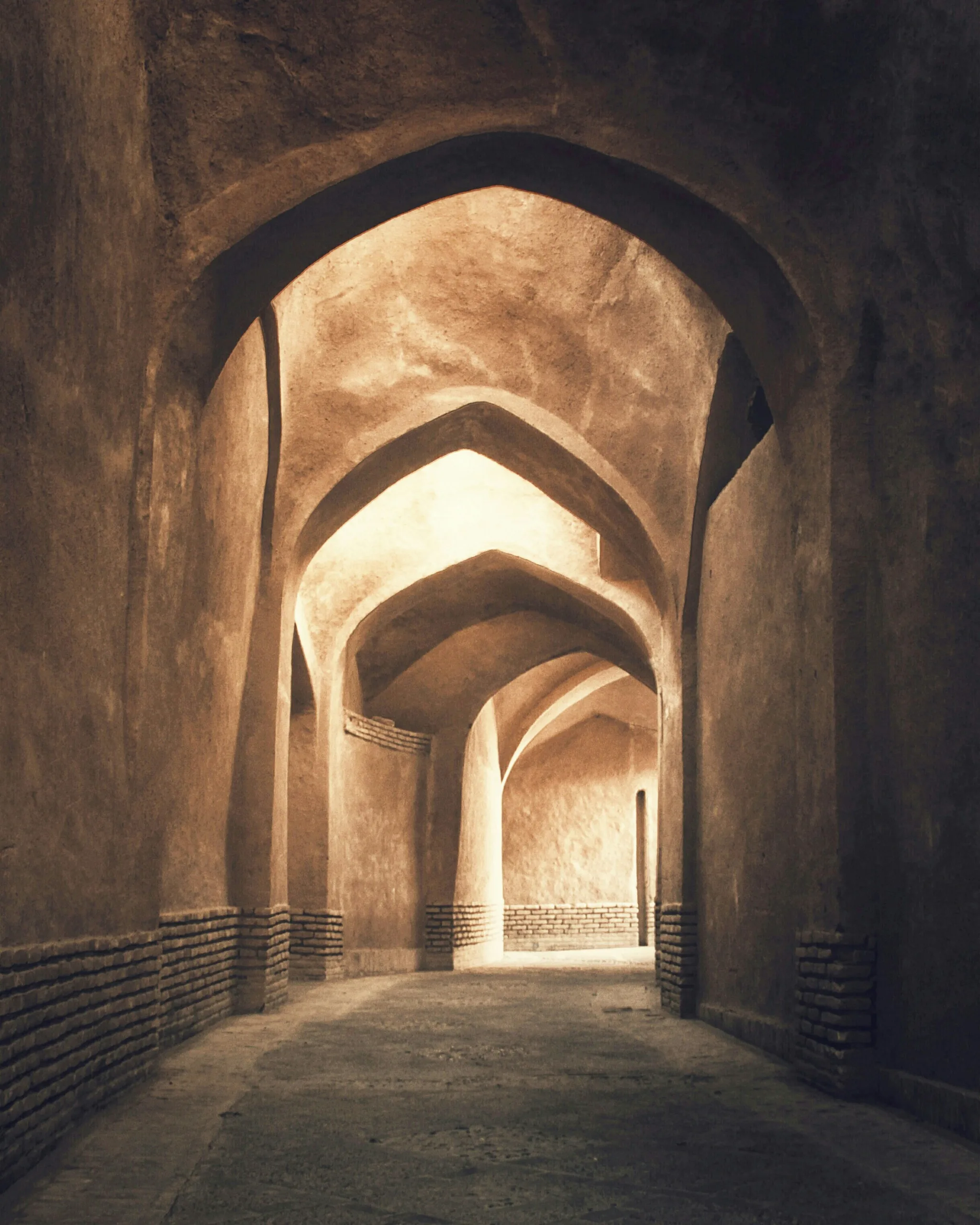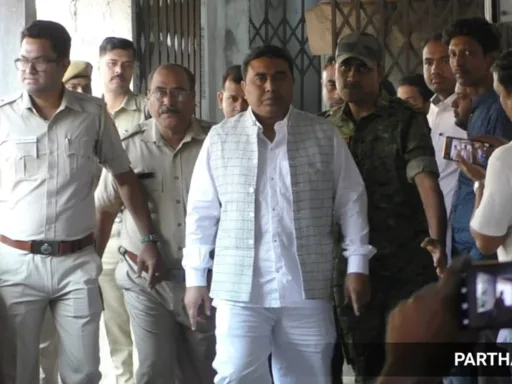In recent times, the relationship between Iran and Pakistan has been marked by tension and occasional conflict. The most notable event in this regard is Iran’s strikes on Pakistani soil. To understand why Iran took such action and the factors that led to this situation, it is essential to delve into the historical, political, and cultural dynamics between the two nations.
The Historical Context
The history of Iran and Pakistan is intertwined, with both countries sharing deep cultural and religious ties. However, their relationship has not always been smooth. One of the primary sources of tension stems from the geopolitical dynamics of the region. Iran, a predominantly Shia Muslim country, has often viewed Pakistan, a predominantly Sunni Muslim country, with suspicion due to sectarian differences.
Additionally, Iran has accused Pakistan of providing support to militant groups operating within its borders, which has further strained their relations. The historical context of these tensions sets the stage for the recent strikes and the broader situation between the two countries.
The Balochistan Factor
A significant factor contributing to the strained relationship between Iran and Pakistan is the issue of Balochistan. Balochistan is a region that spans both countries, with a significant Baloch population. Iran has long accused Pakistan of harboring Baloch separatist groups that carry out attacks in Iranian territory.
These accusations have led to a deterioration in relations, with Iran perceiving Pakistan’s actions as a direct threat to its sovereignty and security. In response, Iran has conducted strikes on Pakistani soil, targeting alleged militant hideouts and training camps. This escalation highlights the gravity of the Balochistan issue and its impact on the relationship between the two countries.
Proxy Warfare and Regional Politics
The complex web of regional politics in the Middle East and South Asia has also played a role in the strained relationship between Iran and Pakistan. Both countries find themselves in a region marked by geopolitical rivalries and proxy warfare. Iran’s support for certain factions in Afghanistan, Iraq, and Syria has raised concerns in Pakistan, which has its own interests and alliances in the region.
Furthermore, Pakistan’s close ties with Saudi Arabia, Iran’s regional rival, have further strained relations between the two countries. This alignment has led Iran to view Pakistan as being part of a larger alliance against its interests, prompting it to take action to protect its own security.
The Need for Diplomatic Solutions
While the situation between Iran and Pakistan appears tense, it is crucial to recognize the importance of diplomatic efforts in resolving the issues at hand. Both countries have a shared interest in stability and security in the region, and it is in their best interest to find common ground.
Dialogue and diplomatic negotiations are essential to address the concerns and grievances of both sides. Confidence-building measures, such as increased intelligence sharing and joint border patrols, could help alleviate tensions and foster a more cooperative relationship.
Conclusion
The recent strikes by Iran on Pakistani soil highlight the complex and multifaceted nature of the relationship between the two countries. Historical, political, and regional dynamics have all contributed to the current situation, with issues such as sectarian differences, the Balochistan factor, and regional politics playing significant roles.
However, it is vital to remember that a peaceful resolution is possible through diplomatic means. Both Iran and Pakistan have a shared interest in stability and security, and it is through dialogue and cooperation that a more positive relationship can be fostered.
By addressing the underlying causes of tension and working towards common goals, Iran and Pakistan can move towards a more peaceful and mutually beneficial future.





